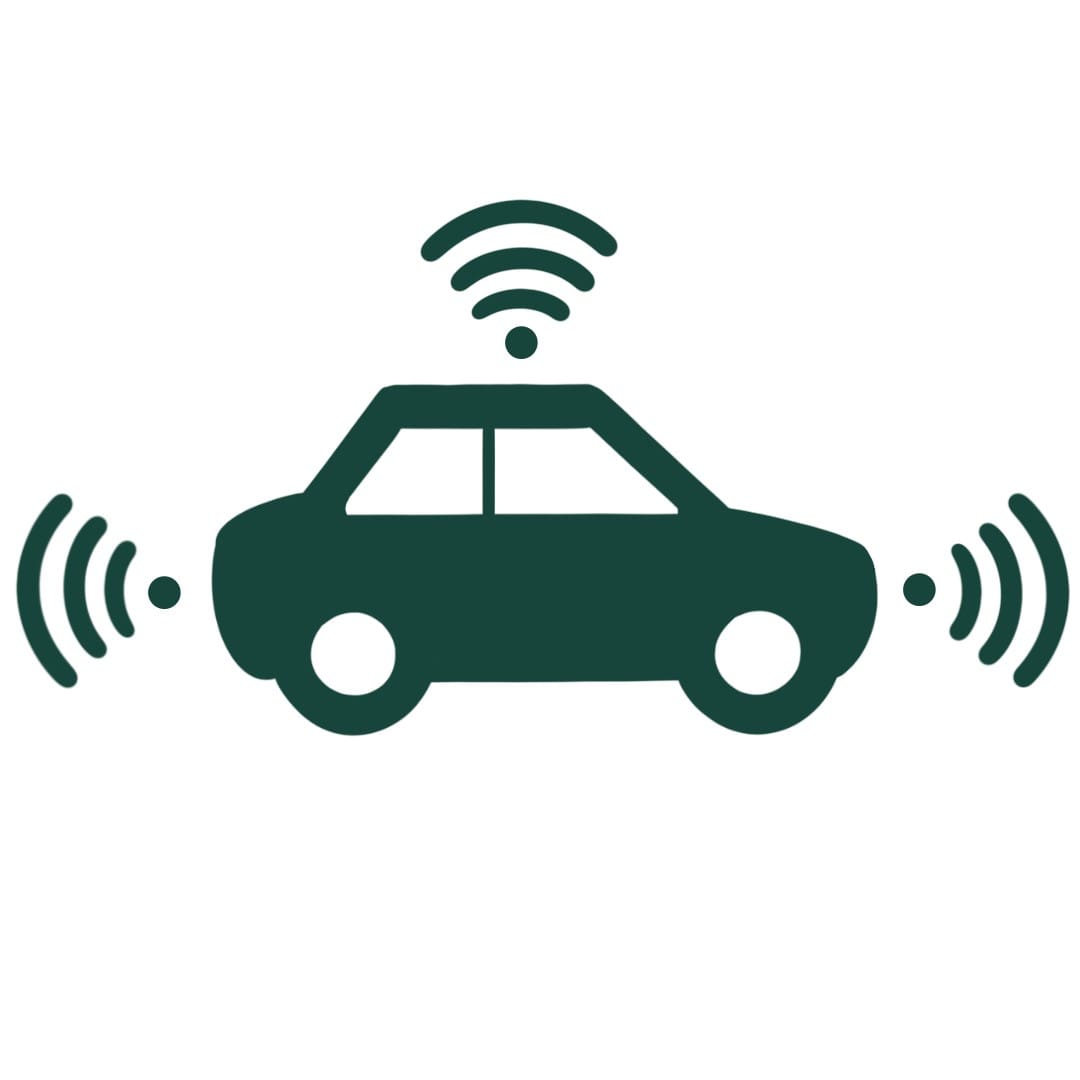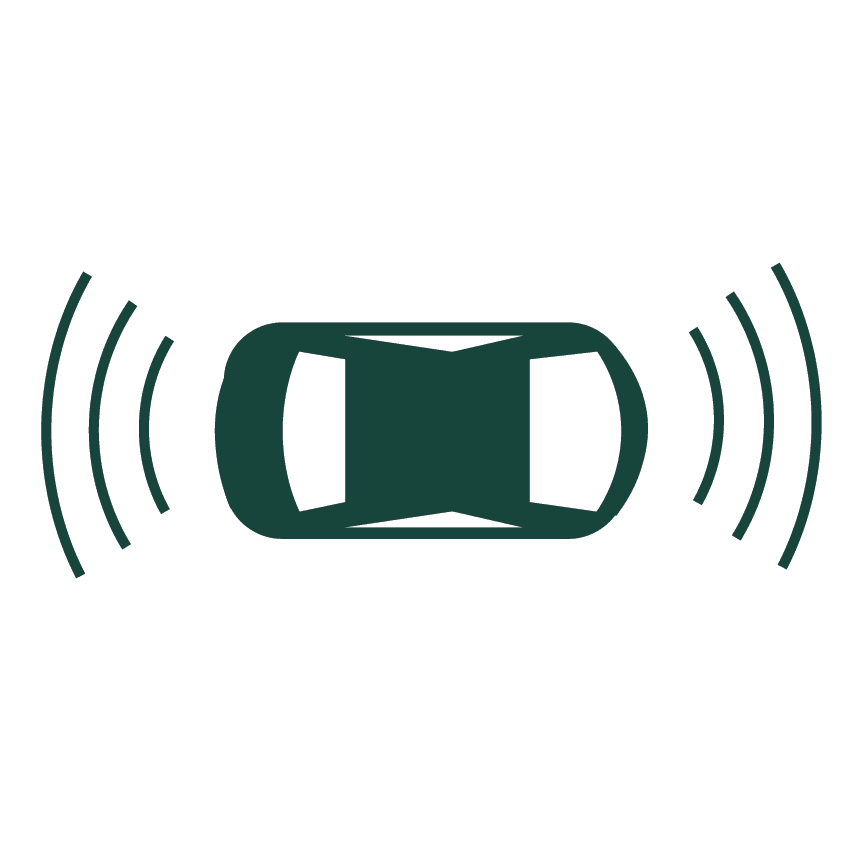Mobility @ MSU Research

Biometrics
Monitoring the identity, health, well-being and cognitive state of a vehicle’s occupants.
- Learning scene-specific pedestrian detectors without real data
- Extended-depth-of-field iris recognition using unrestored wavefront-coded imagery
- Matching highly non-ideal ocular images: An information fusion approach
- Coupled marginal fisher analysis for low-resolution face recognition
- Image super-resolution via deep recursive residual network
- Face alignment across large poses: A 3d solution
- Disentangled representation learning gan for pose-invariant face recognition
- Video-based face recognition using adaptive hidden markov models
- Demographic estimation from face images: Human vs. machine performance
- Generalizing Fingerprint Spoof Detector: Learning a One-Class Classifier
- Low-Quality Video Face Recognition: Multi-mode Aggregation Recurrent Network (MARN) c
- End-to-End Latent Fingerprint Search
- Fingerprint Spoof Buster: Use of Minutiae-centered Patches
Cyber Security
High-assurance systems and cybersecurity at different layers of communications. With more and more of our devices now connected to the internet, our faculty researchers at MSU are working to ensure that our IoT networked devices are safe and secure from outside attacks.
- Detecting wormhole attacks in a 3d wireless network
- Protecting distributed multiagent systems from cyberattack
- Building the next generation of IoT cybersecurity using a cognitive protection system
- Counteracting jamming attackers in wireless networks
- SecWIR: securing smart home IoT communications via Wi-Fi routers with embedded intelligence
- Access control with delegation for smart home applications
- Secure wireless monitoring and control systems for smart grid and smart home
- RELAX: a language to address uncertainty in self-adaptive systems requirement
- A Lightweight Block Validation Method for Resource-Constrained IoT Devices in Blockchain-Based Applications
- CapChain: A Privacy Preserving Access Control Framework Based on Blockchain for Pervasive Environments

Vehicle-to-Everything (V2X)
The technologies that allows vehicles to communicate with various parts of the traffic system around them.
- Building active safety systems for vehicles with shared V2V and V2I technology
- Using shared visual data between vehicles to improve road safety in connected vehicles
- Optimizing connected vehicle and connected fleet performance
- Dissemination of navigational maps to vehicles using collaborative caching

Mobility Management
Providing vehicle and pedestrian modeling and management for safety, efficiency and predictive control.
- Behavioral analysis of drivers following winter maintenance trucks enabled with collision avoidance system
- Safety performance functions for low-volume rural stop-controlled intersections
- Developing Strategies for Optimum Fleet Assignment of Conventional, Autonomous and Shared Autonomous Vehicles in an Urban Setting
- Olympic transport legacies: Rio de Janeiro’s bus rapid transit system
- Cities of the Future? The Potential Impact of Artificial Intelligence
- Willingness to ride and perceptions of autonomous public transit
- Internet of Things-enabled smart cities: State-of-the-art and future trends
- Continuous health monitoring of pavement systems using smart sensing technology
- Active Safety System for Connected Vehicles

Sensors
Research on cameras, radar and LiDAR to more accurately sense the environment.
- Microwave Imaging Using Noise Signals
- Object Detection under Rainy Conditions for Autonomous Vehicles
- Building models for optimal sensor data readings for enhanced target localization
- Developing an imaging technique using 80MHz microwave signals
- Imaging techniques using WiFi
- Detecting the ground speed of vehicles using radar
- Using optical localization of robots using beacons
- Building models for optimal sensor data readings for enhanced target localization
- Building a brain-computer interface for the Internet of Things using Deep Learning
- Classifying vehicle turning behavior using LIDAR
- Identifying obstacles and foliage using LIDAR
- Using optical localization of robots using beacons

Advanced AI
MSU’s Mobility faculty are working towards building the next generation of Advanced AI for autonomous vehicles including improved pedestrian detection, object detection and sensor fusion.
- Building models for optimal sensor data readings for enhanced target localization
- Using Evolution and Novelty Search to enhance AI control in adverse conditions
- Training AI to handle drift counteraction
- Navigating an autonomous vehicle through urban terrain under changing conditions using Normal Distributions Transform algorithms
- Addressing challenges of Dynamic Vehicle Routing
- Unique systems of control for Human-in-the-Loop driven vehicles
- Using Reinforcement Learning to optimize traffic patterns in a high-traffic urban environment using adaptive traffic signal controls
- Classifying vehicle turning behavior using LIDAR
- Developing a deep learning algorithm for autonomous driving vehicles using GoogLenet and Autonomous Driving
- Tracking moving objects with visual sensors using efficient semantic segmentation
- Designing robust visual tracking models using a collaborative two-stave tracker
- Improving the visual sensing capabilities with reduced blurring
- Real-time optimization of vehicles routes to improve fuel economy

Sociomobility/Public Policy
Exploring the overlap of the engineering sciences and the social sciences. Social, economic, legal and ethical implications of changes in transportation systems.
- A corridor-centric approach to planning electric vehicle charging infrastructure
- A general corridor model for designing plug-in electric vehicle charging infrastructure to support intercity travel
- Optimization of incentive policies for plug-in electric vehicles
- Planning charging infrastructure for plug-in electric vehicles in city centers
- Sociomobility of the 21st century: Autonomous vehicles, planning, and the future city

User Experience (UX) and User Interface
Situational awareness, acceptance, trust, complacency, etc., related to use of self-driving vehicles.
- Comfortable leg splay of mid-sized males in automotive seats
- The effects of body position on the material properties of soft tissue in the human thigh
- Cars and Contemporary Communication| When Automobiles are Avacars: A Self-Other-Utility Approach to Cars and Avatars
- The voice makes the car: Enhancing autonomous vehicle perceptions and adoption intention through voice agent gender and style
- HCI and Autonomous Vehicles: Contextual Experience Informs Design
- Autonomous vehicles and mobility for people with special needs.
- Experiencing autonomous futures: Engaged learning with next-generation technology
Solid State Batteries
Ongoing researching into the technologies to make batteries for electric vehicle applications safer, more reliable, and longer lasting.
- Deformation and stresses in solid-state composite battery cathodes
- Interfaces and Interphases in All-Solid-State Batteries with Inorganic Solid Electrolytes
- Pressure-tailored lithium deposition and dissolution in lithium metal batteries
- Three electrodes analysis of a 3 V-class all-solid-state lithium-ion battery based on garnet-type solid electrolyte
- Study of diffusion and conduction in lithium garnet oxides by machine learning interatomic potentials
